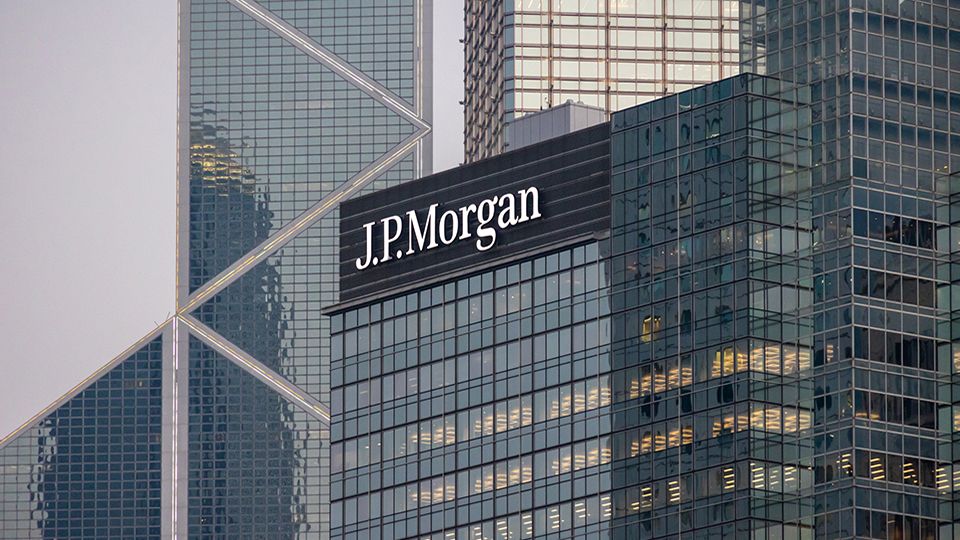The firm’s proprietary framework supersedes the evaluations of third-party ESG research firms MSCI and Sustainalytics.
“We subscribe to the data and analysis of both providers, but their assessments are often divergent so we need to rely on our research,” said Rong Ren Goh, fixed income portfolio manager at Eastspring Investments.
“It can be time-consuming and tedious work, especially in Asia where ESG implementation by companies is still nascent, but it is necessary and pays off,” he told FSA.
Governance risk factors, which are traditionally considered to be a material risk factor to credit performance, figure prominently in ESG risk analysis in the region.
“This should not come as a surprise since the quality of governance is highly correlated with the level of transparency and honesty demonstrated by an issuer in dealing with its investors,” he said.
Yet, some Chinese property companies — which make about 40% of the dollar-denominated Asia credit market — have received poor scores from MSCI for governance, but Eastspring’s team of 10 analysts found inconsistencies with its evaluations in some cases, typically through the research firm’s failure to recognise improvements in corporate behaviour.
“It is a tripartite conversation between us as investors, the bond issuer and the external research firms,” said Goh.
DECISION MATRIX
Goh and his colleagues assess a bond issuer’s exposure to risk, for instance, if it operates in an industry susceptible to environmental degradation or labour abuses, and also its level of preparedness to address any vulnerabilities.
Each of the two evaluations are graded low, medium or high risk to create a matrix made up of nine combinations.
The best companies score “low” for their operating environment exposure and “high” for their preparedness.
Any issuer that rates “high exposure” and “low preparedness” is rejected, even if conventional credit analysis indicates it is attractive.
“The principle behind this process is that issuers well prepared to deal with ESG risks are better placed to build sustainable businesses in the longer term, and reduces the likelihood of being unable to unable to repay their debts,” said Goh.

Although, Eastspring does not typically require a yield premium for bonds bought in the secondary market that fail to receive the top score in its risk matrix, it does expect extra basis points for a primary offering from an issuer in a vulnerable sector, such as an Indonesian coal miner.
On the other hand, Goh accepts that a new issue by a borrower with impeccable ESG credentials will typically attract strong demand from European and US investors, which will often mean tighter pricing.
However, the green, social and sustainability (GSS) label can be misleading, and bond issuers (and their advisors) are aware it has an instant appeal that can help reduce their borrowing costs.
“We use the GSS as a reference point only, and are constantly alert to green-washing,” said Goh.
Goh co-manages Eastspring’s Asia Sustainable Bond Fund, which was incepted in December 2019. It is a Luxembourg-domiciled Ucits, and is available to Singapore retail investors.
The fund has a three-year rolling target return of 4%-6% per annum, which is quite aggressive considering the average credit rating of the portfolio is investment grade; non-investment grade bond allocation is capped at 30% of the portfolio and the average portfolio duration not exceed five years.
Goh believes the fund’s return objective is attainable, predicated on economic recovery underway in China, Taiwan and elsewhere in Asia, and a prolonged period of low US interest rates as the Federal Reserve tries to push annual inflation towards 2%.
On a sector level, Eastpring favours domestic consumer, including technology, credits and is avoiding sectors with exposure to Sino-US tensions, such as state-owned enterprises with alleged links to the Chinese military.
But above all, “ESG evaluation can improve bond performance, given fixed income analysis is focused on managing downside risks, and ESG risk evaluation is intended to identify and manage the downsides associated with material ESG risk exposures which companies face,” said Goh.
Other asset managers seem to agree. Most recently, Pimco filed an application with the Monetary Authority of Singapore to launch a Climate Bond Fund, and JP Morgan AM and Manulife IM are also expected to launch ESG bond funds in the Lion City.









